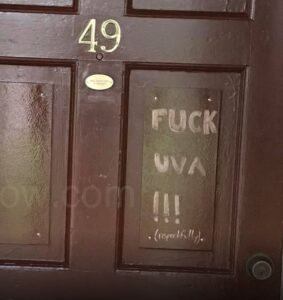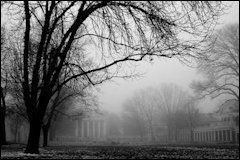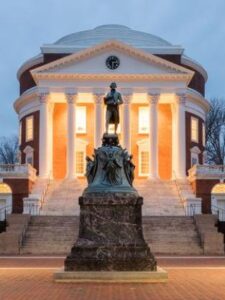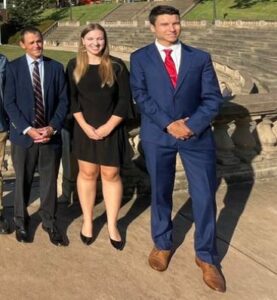
UVA President Jim Ryan (left) poses with members of the Young Americans for Freedom at the 9/11 commemoration ceremony.
by James A. Bacon
I’m beginning to have a smidgeon of sympathy for University of Virginia President Jim Ryan.
On the 20th anniversary of 9/11, Ryan attended an event sponsored by the Virginia branch of the Young Americans for Freedom (YAF) to commemorate the lives lost in the terrorist attacks. YAF is an avowedly conservative group, and the keynote speaker, retired Col. Dan Moy, is a UVa lecturer but also chairman of the Republican Party of Charlottesville. Nevertheless, the ceremony, which featured 2,977 miniature flags in the grounds, one for each American live lost — was not overtly partisan. Unless you happen to think that remembering lives lost to terrorism is itself partisan.
Ryan tweeted his appreciation to YAF. “Many thanks to YAF @ UVA for organizing this morning’s moving event commemorating the lives lost on September 11th,” he wrote.
The tweet immediately generated blowback. As the Cavalier Daily student newspaper reports, “students and other social media users” critiqued Ryan’s choice to thank YAF. On Instagram, his post generated 52 comments, most condemning the recognition of YAF. On Twitter, Ryan’s post received mostly negative 27 replies. Continue reading

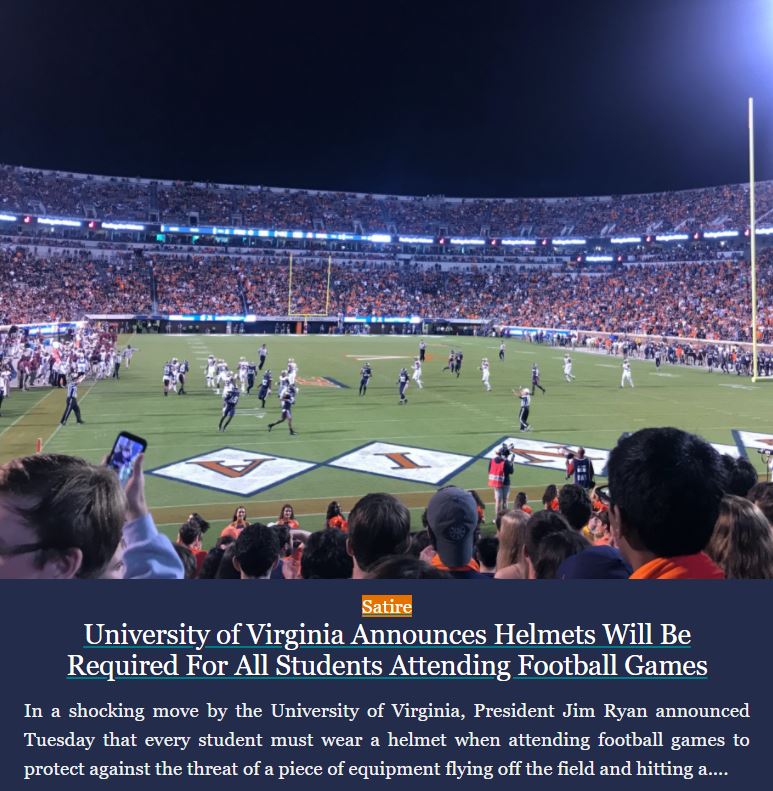
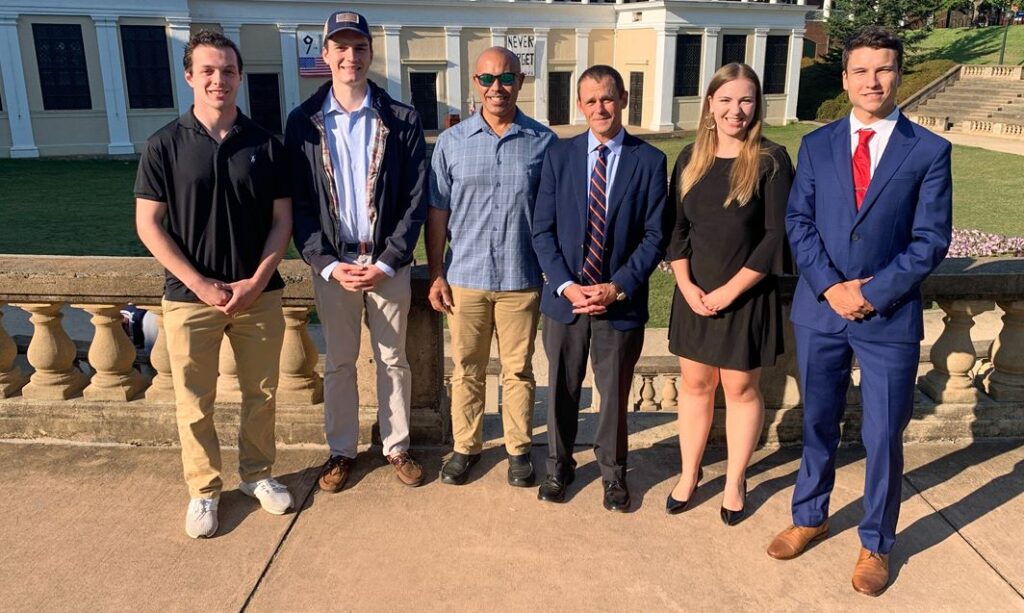
 The new rules for occupying a prestigious room on the University of Virginia’s Lawn allow students to post comments and materials on two message boards affixed to each door. An addendum to the “
The new rules for occupying a prestigious room on the University of Virginia’s Lawn allow students to post comments and materials on two message boards affixed to each door. An addendum to the “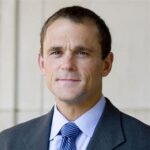 University of Virginia President Jim Ryan was awarded a $200,000 bonus during a closed session of the June 3 Board of Visitors meeting,
University of Virginia President Jim Ryan was awarded a $200,000 bonus during a closed session of the June 3 Board of Visitors meeting, 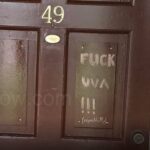 Dear President Ryan, Provost Magill, Rector Clement and the University Board of Visitors:
Dear President Ryan, Provost Magill, Rector Clement and the University Board of Visitors: